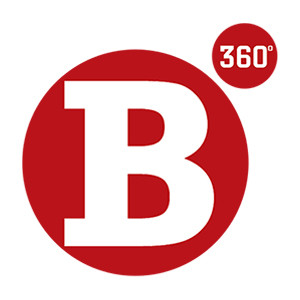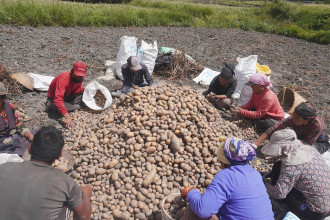
KATHMANDU: Nepal Rastra Bank (NRB) has published a revised methodology for compiling the Consumer Price Index (CPI), marking the sixth update to the index. The revision rebases the CPI to the reference year 2023/24, replacing the 2014/15 series, with the aim of better reflecting current economic conditions and changing household consumption patterns.
The new series introduces several major changes. For the first time, expenditure weights are drawn from the fourth Nepal Living Standards Survey (NLSS‑IV) conducted by the National Statistics Office, replacing the central bank’s separate household budget survey. The CPI’s geographic coverage has been expanded from 50 to all 77 districts of Nepal and now includes 87 market centres, of which 66 are urban and 21 rural. In another first, the bank will publish CPI estimates at the provincial level alongside national and regional breakdowns for the valley, hill, Tarai and mountain areas.
The composition of the CPI basket has been updated to reflect modern consumption habits. The new basket contains 525 items categorised under 249 commodities, up from 496 items in the previous series. There is a notable shift in weight distribution from food to non-food items: the weight of food and beverages falls to 35.49% from 43.91%, while the weight of non-food items and services rises to 64.51% from 56.09%. Several items previously included under food and beverage — such as alcoholic drinks, tobacco products and restaurant expenses — are now classified within the non‑food and services group.
Methodological changes include a two‑stage computation process aligned with international best practice. At the elementary level, the geometric mean (Jevons formula) is used to calculate indices for individual item prices within each market. For higher‑level aggregation, the report adopts a weighted arithmetic modified Laspeyres average method, replacing the earlier geometric Laspeyres approach; the arithmetic method is presented as simpler and more appropriate where substitution effects between higher‑level groups are limited.
Price collection and quality control procedures have also been strengthened. Markets were chosen through purposive sampling to represent major economic centres and ecological belts. Price observations are collected weekly, monthly or quarterly, depending on item volatility — for example, vegetables are priced weekly while durable goods are surveyed less frequently. A double verification system requires two enumerators per market to cross‑verify prices, and 28 nationally traded items, including petrol, gold and air fares, are monitored through a centralised collection mechanism.
The NRB states that the revised CPI will provide a more accurate and representative measure of inflation for policymakers, businesses, and households as the economy and consumption patterns evolve.






